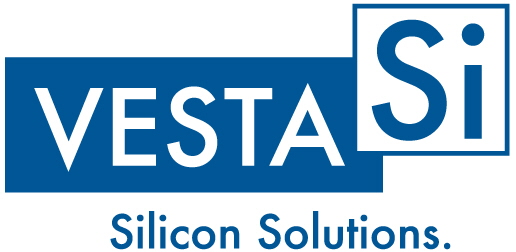Paper Solar Cells
This project is a part of our KK Research Environment at Mid Sweden University. Low cost solar cells are needed. Manufacturing processes of today are mainly based on costly vacuum methods making the solar electricity to the most expensive one. Roll-to-roll processing is potentially more efficient as manufacturing method for solar cells.
The challenging problem is to develop a system that, if realized on an industrial scale, would allow square-kilometre sized output of solar cells. A simple estimation points to a global need of above 100 000 km2 per year. This will correspond to a market of of 1 TS. Such high output is only available in the paper industry today. Utilizing the highly efficient machinery developed in this roll-to-roll industry for products with higher customer value, such as solar cells and other advanced applications, represent a large opportunity. The paper industry has disappearing economical margins and the industry would benefit from alternative products with higher customer value.
The requirements of such flexible electronics systems are hard to meet with two main challenges: 1. Processing speed above 10 meter per minute including patterning and 2. environmentally friendly materials and processes.
Today, there are several candidates that could meet these requirements such as solutions processing of organic semiconductors (Krebs et al 2009, Sondergaard et al 2012). However with the novel layered semiconductors, which can be found amng the transition metal dichalcogendes (TMDC) a new system is emerging (Q.H. Wang et al 2012). We believe that this TMDC system might be simpler and robust.
There are two objectives with this proposal: The first one is to take the first steps toward establishing a novel approach for flexible electronics based on thin layers of semiconducting TMDC materials. The second one is to use these processing methods to develop simple protoypes of low-cost solar cells using this process. We have made an inventory of possible system that can meet high-speed and environmental requirements and have indentified the combination of:
- Layered materials - semiconducting TMDC and conducting graphene
- Solution based roll-to-roll processes
- Using paper as an environmentally friendly, mechanical stable and low-cost substrate
- Direct writing using layers and flashlight lamps







